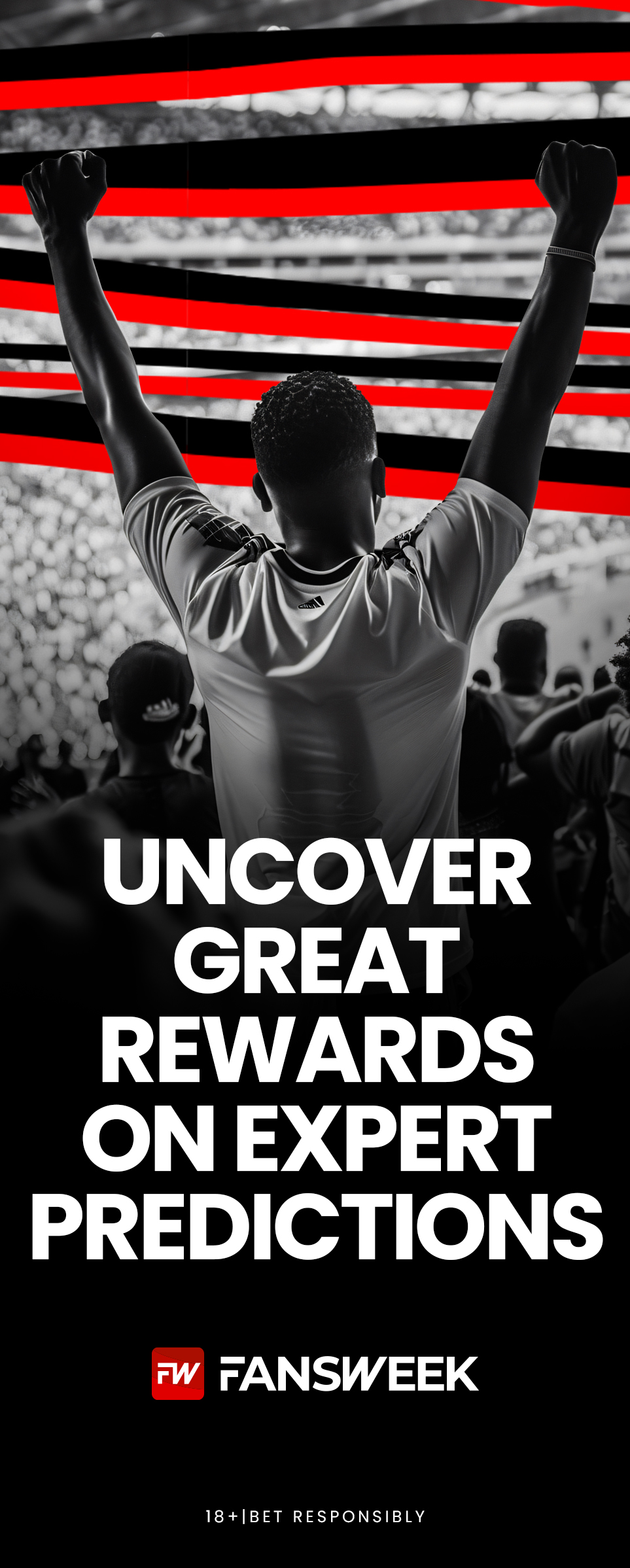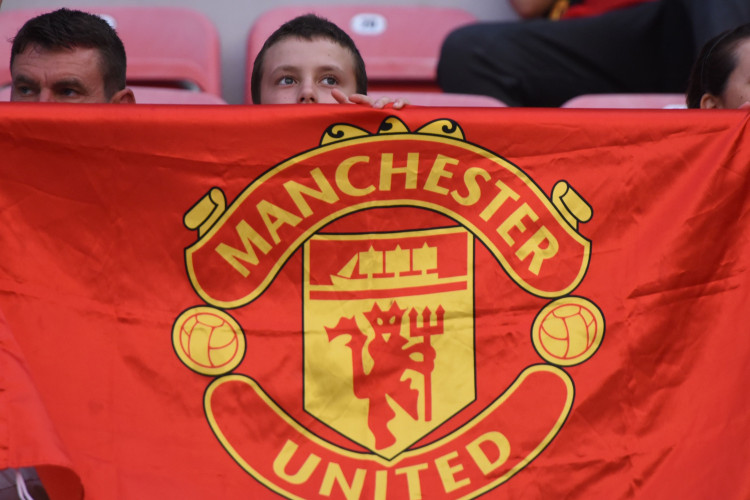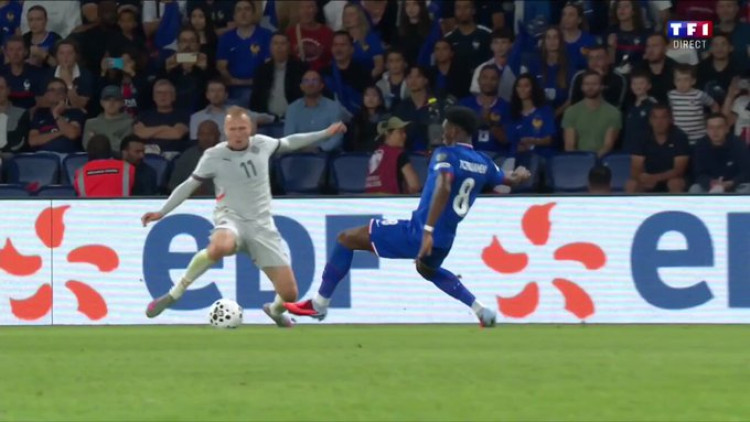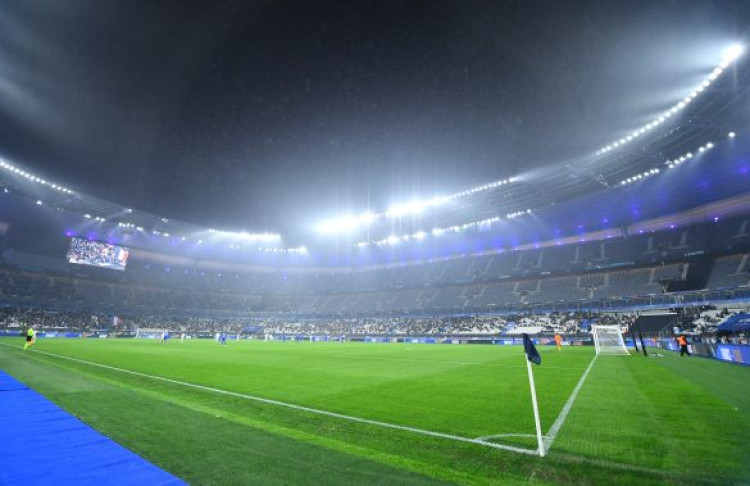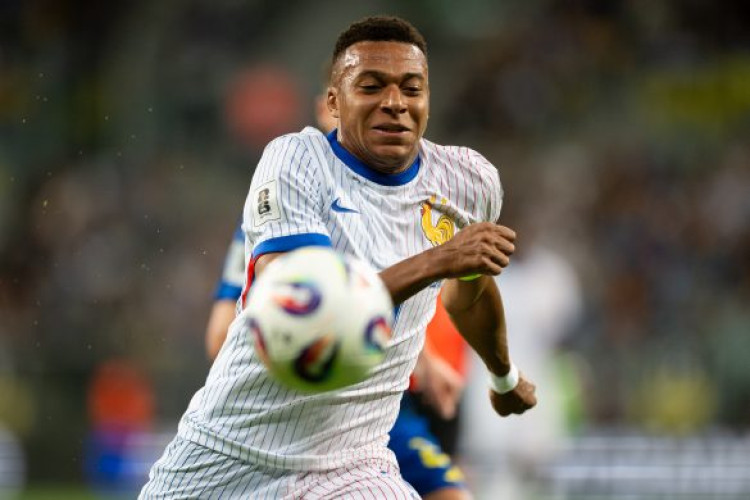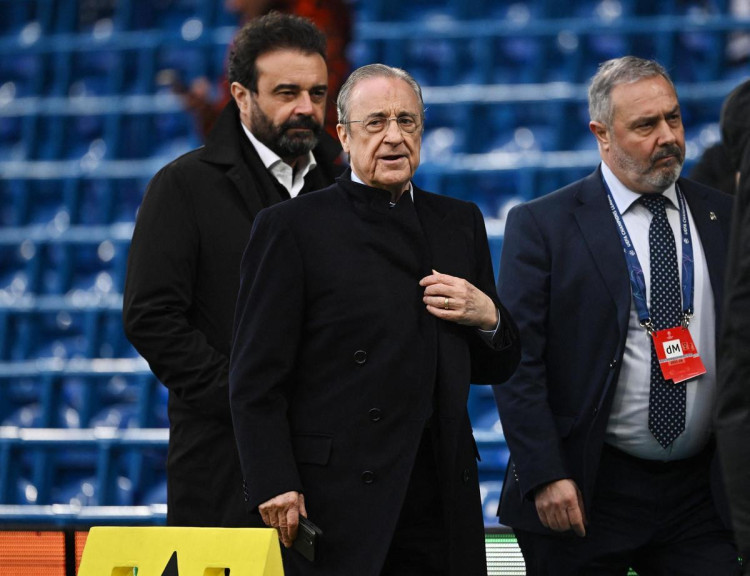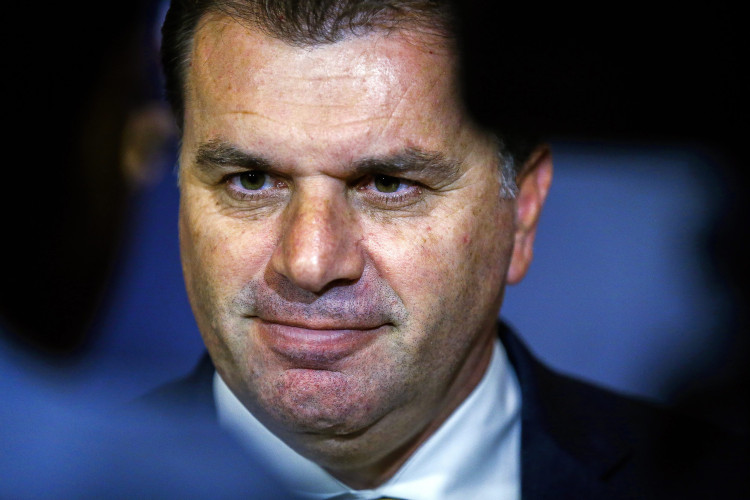
Why Ange Postecoglou Is the Perfect Tactical Fit for Nottingham Forest’s Future
Ange Postecoglou’s appointment as the new head coach of Nottingham Forest marks a significant shift in the club’s tactical approach after Nuno Espirito Santo’s pragmatic tenure.
Known for his expansive and attacking brand of football, Postecoglou brings a bold, possession-oriented style that could unlock the potential of Forest’s technically gifted squad and usher in a new era of entertaining football at the City Ground.
Tactical Philosophy and Style of Play
Postecoglou is renowned for an aggressive possession-based system rooted in high pressing, quick transitions, and overloads. At Tottenham, he deployed a distinctive 3-3-5 formation in the build-up phase, with the goalkeeper acting almost as a third centre-back, allowing full-backs to invert and join midfield overloads. This helped create superior numerical control inside the midfield while opening wide channels for swift attacking moves. Tottenham averaged 62.23% possession under him, with an emphasis on purposeful passes—around 335 passes into the box per match, and an impressive 2.2 goals per game in his first 10 league matches, exceeding expected goals (xG) by a healthy margin. The team generated 28 big chances in that span, underscoring a tactic geared towards creating high-quality scoring opportunities regularly.
At Nottingham Forest, this contrasts greatly with the approach under Nuno Espirito Santo, who favoured a more measured 1-4-2-3-1 setup, focusing heavily on defensive solidity through a medium-to-low block and prioritising protection of central spaces to frustrate opponents. Nuno’s Forest were disciplined, prioritising structure and swift counterattacks rather than sustained possession or aggressive pressing. His style was pragmatic, balancing defensive resilience with selective offensive moments rather than dictating play through control and overwhelming dominance in possession.
Nottingham Forest Squad: Can They Fit Postecoglou’s Style?
The Forest roster is arguably apt for Postecoglou’s attacking philosophy. Players like Morgan Gibbs-White (central midfield/attacking midfield), who excels in advanced passing and creative playmaking, fit seamlessly into a possession-oriented system. Alongside him, Elliot Anderson and the new signing James McAtee provide technical ability and flair in midfield and wide attacking positions, which are vital for unlocking defences and sustaining attacking pressure.
Upfront, Forest boasts several technically gifted forwards, including Chris Wood and Taiwo Awoniyi, who have shown clinical scoring ability. Wood, in particular, combines lethal finishing with exceptional shot accuracy, shooting with an 81.25% accuracy rate and outperforming his expected goals by 3.27 goals this season. His ability to make runs behind the defence and his precision shooting will be assets in a system where creating quality chances is prioritised.
Additionally, the likes of Callum Hudson-Odoi, Dan Ndoye, and Omari Hutchinson provide pace, skill, and creativity on the wings, suitable for Postecoglou’s emphasis on wide attacking spaces. The defensive line, anchored by versatile and ball-playing defenders like Morato, Murillo, and on-loan Oleksandr Zinchenko, offers the technical foundation to play out from the back, a hallmark of Postecoglou’s style.
Key Tactical Differences Between Postecoglou and Nuno Espirito Santo
Build-up Play:
Postecoglou focuses on playing out from the back with inverted full-backs joining midfield, creating superior numbers in central zones and playing quick, purposeful passes to break lines. Whereas Nuno Espirito Santo prefers a more conservative build-up, preferring shorter, controlled progression and prioritising structural balance over risk in possession.
Pressing and Defensive Shape:
Postecoglou employs high pressing to win the ball high up the pitch and maintain attacking momentum. On the other hand, Nuno utilised a medium-to-low block, focusing on compactness and directing opponents to wide areas, minimising risks centrally.
Attacking Style:
Postecoglou has an aggressive, possession-dominant style aimed at creating volume and quality of chances through overloads and quick ball circulation. But Nuno is selective and pragmatic, relying on quick counters and set plays rather than sustained pressure and positional dominance.
Why Postecoglou Could Be a Good Fit for Nottingham Forest
Postecoglou’s philosophy offers a refreshing change for Forest and aligns with the squad’s technical capabilities. His proven track record of winning league titles in Australia, Japan, Scotland, and recently the Europa League with Tottenham demonstrates his ability to build competitive, attacking teams at the highest level. By unleashing Forest’s talented attackers in a system designed to maximise possession and create chance overloads, he can elevate the club from mid-table consolidation to European competitors.
Data from his Tottenham tenure shows his teams created high volumes of chances and converted them at a strong rate, which Forest desperately need after last season’s pragmatic approach limited offensive output. The club’s forwards, especially Wood and Awoniyi, have the finishing ability to thrive under these conditions, turning the fine margins of tight games in Forest’s favour.
Moreover, this philosophy offers fans a more entertaining spectacle, which could boost morale and support at the City Ground. With Europa League football on the horizon, Postecoglou’s attacking style stands to provide the strategic and aesthetic upgrade to challenge on multiple fronts.
In conclusion, Ange Postecoglou’s appointment promises a strategic overhaul that aligns well with Nottingham Forest’s technically sound squad and ambitions. His combination of dynamic possession football, high pressing, and offensive creativity contrasts sharply with the previous pragmatic approach and could usher in a new era of success and excitement for Forest and their supporters. His track record and tactical acumen make him a compelling fit to lead the club’s ambitious journey forward.

